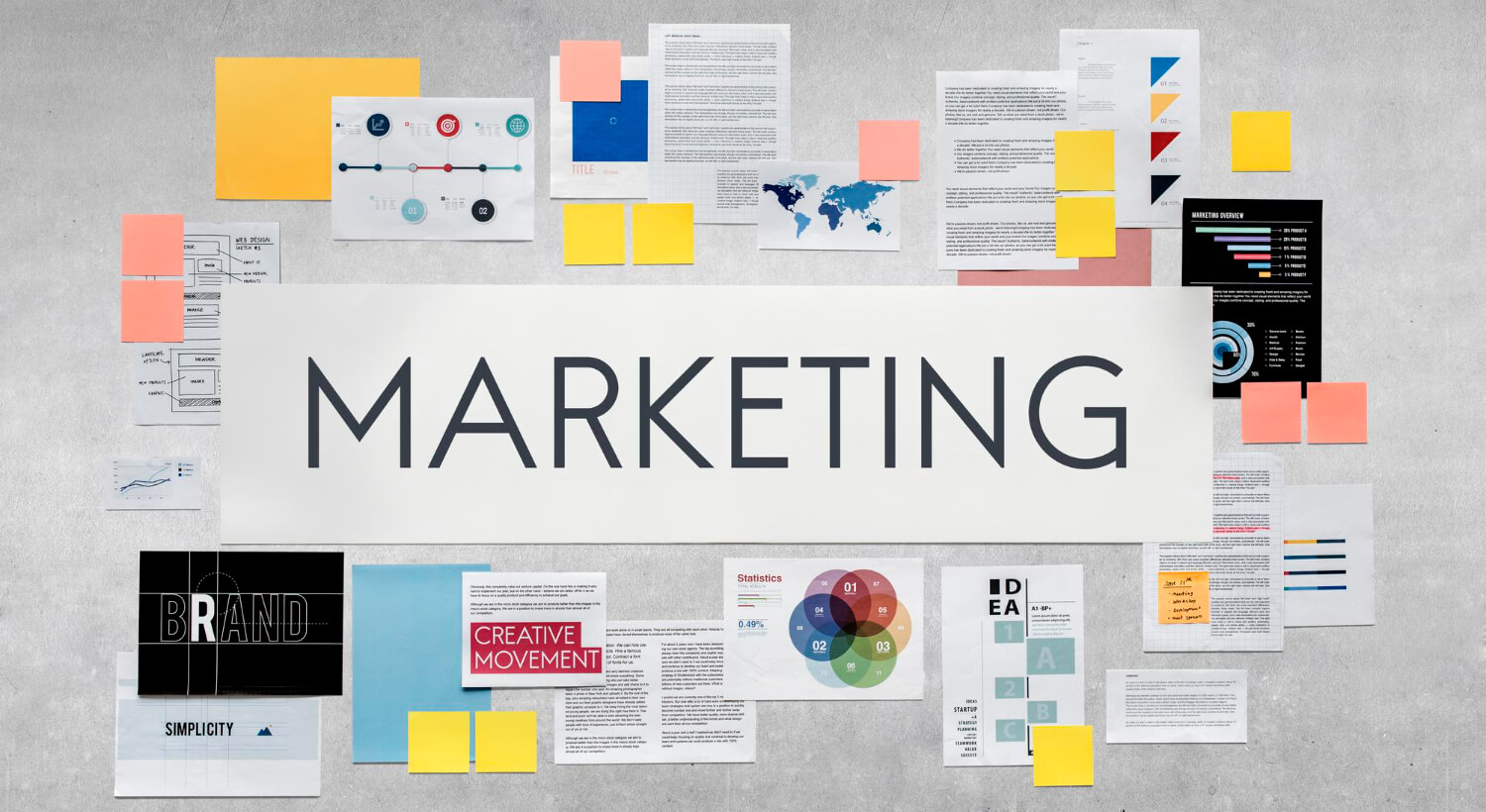You’ve heard of the NIMBY syndrome, Not in My Back Yard. It’s never pleasant when its symptoms are first detected and it’s usually around the building of new housing that might include public housing units, or a home for the mentally challenged, a halfway house or something similar. There are plenty of examples in any city and you don’t have to look far to find them getting voted up or (usually) down.
NIMBYism showed up like the angry mob in the name your favorite angry mob-Frankenstein-like-movie-here when a client wanted to tear down a butt-ugly old and long-unoccupied bank building and build a mixed use structure that included several public housing apartments and revitalize the rest of the block with new a retail space. Said client contacted their media consultant late in the game, as they were preparing to attend their first big public meeting about the project. (As a closet screenwriter, I would offer that given the basic three-act structure of a good, well-built screenplay, we were already in the early stages of Act III and things did not look good for the home team.)
The mob had been whipped into a near frenzy about the project, with circulating flyers containing a lot of distortions and stinging calls going out to people with rant-slanted talking points and other tactics — not unlike those we’ve sadly seen slithering through the electoral process these many years. The Mob Whipper Upper (MWU) was a seasoned lobbyist at the state legislature who also had property adjacent to the site. Man, the MWU wuz good! Even one of my best friends in that ‘hood was opposed to the project based solely on the garbage put in front of him.
The big meeting featured 300-400 people from several nearby neighborhoods in a crowded church community room, and was run by a neutral third party, the League of Women Voters, who had their hands full. It was a total failure in terms of trying to win over people with our own hastily prepared materials that relied on the facts, who the owners were, and how the neighborhood would actually be better — cosmetically if nothing else — once the block was rehabbed (a city councilman who later toured the site even called it “really distressed real estate” and couldn’t see what all the fuss was about).
Nonetheless, after that first big meeting, the owners felt forced to scale back the scope of the project to just include the mixed-use building. Still, hot heads were still overheating and the MWU looked positively triumphant, as if nothing could stop the sweep of the ugly sentiment that had been purposefully generated.
The next meeting, a smaller one with the immediate neighborhood group where the new building was being proposed, also featured the city council rep from that district. Afterwards with the owners and architect and moi, who had yet to be introduced to the good gentleman, the councilman exclaimed, “This project is a PR disaster.”
“You got that right, Councilman,” I said, introducing myself as the guy in charge of the said miasma. “But we are just getting started.” He wished us well with a look that screamed, “Please don’t be seen with me in public again.”
Fast forward two months down the long and winding road: The Zoning Commission approved the project and it went forward as the NIMBY outrage faded to black once the facts got out and the public process played out. Today, the butt-ugly building is long gone. The now-attractive building has a nice real estate operation on the first floor and the apartments are all rented. The rest of the buildings on the block still look like crap, but their tawdry look just makes the new place shine so much brighter.
Here’s what we did to turn this Hindenburg flame-out into a fairly standard Space Shuttle Lift-Off — and you can do it, too:
1) We met with the editorial writers of the daily and community papers and put the facts on the table, defending the project against the MWU allegations and stressing the fact that the owners and architect all lived in the neighborhood.
Both papers’ editorial boards came out in favor of the project for all the right reasons.
2) We lined up some key interviews on public radio and a couple of commercial stations. During the public radio interview with the MWU, wherein MWU was asked about NIMBYism, the interviewer offered enough rope and MWU took it like a lunk-headed fish chasing after and biting a fancy lure. Hook!
3) We contacted daily and community reporters to cover subsequent meetings, which did not play that well in the press for the angry mob, and it quickly grew thinner and less vociferous as the drama came to a conclusion.
4) We sent out a simple direct mail piece asking people to call local government and support the project, offering the talking points that we used in our media materials.
5) The owners met with people willing to talk with them around the neighborhood. One of them, who really knew her away around the housing bureacracy and city hall, worked all her contacts and sent them our background materials when requested. In short, the client made nice ‘cuz that’s who they were.
And that’s how a PR disaster morphed into a PR triumph, which was a win ultimately for all parties, even the ones who once opposed it.
“All’s well that ends well,” the poet says (and it’s easy for him to say, he didn’t fight battle).
“Roll the credits,” adds the closet screenwriter (including the line, “No MWUs were harmed during the writing of this blog”).
—————————
For more resources, see the Library topic Public and Media Relations.
—————————
Martin Keller runs Media Savant Communications Co., a Public Relations and Media Communications consulting company based in the Twin Cities. Keller has helped move client stories to media that includes The New York Times, Larry King, The CBS Evening News with Katie Couric, plus many other magazines, newspapers, trade journals and other media outlets. Contact him at mkeller@mediasavantcom.com, or 612-729-8585










